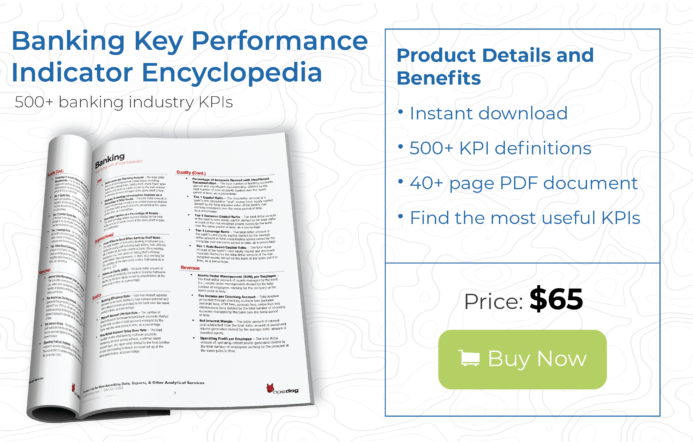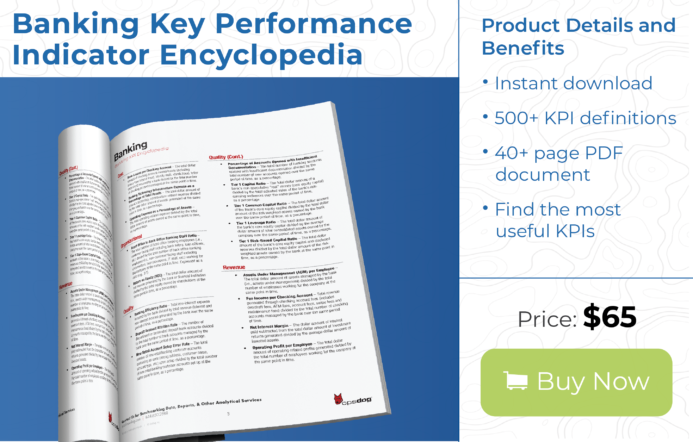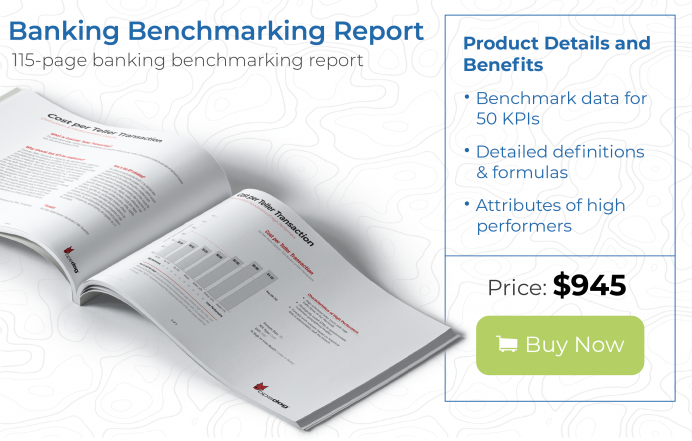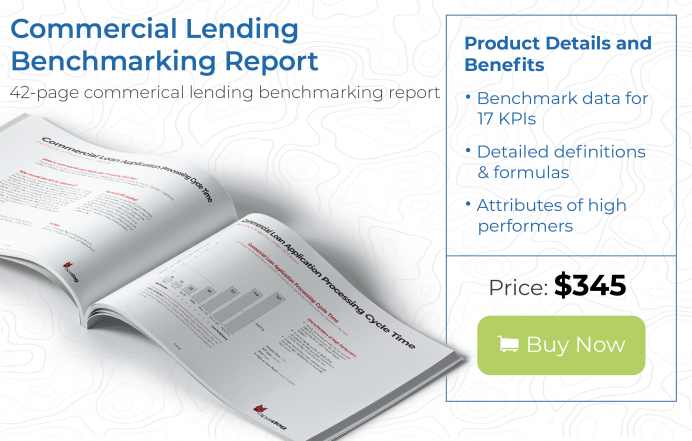Imagine this. You’re a wealthy merchant in the Middle Ages who just finished trading the last batch of items you brought across the trading routes that pass through the Middle East. You’re bloated with money and other valuables and would rather not risk traveling with them on hand to your next destination through the Silk Road, where the threat of bandits is always high. What do you do? Why not exchange your valuables at a local Templar castle for a letter of exchange? By benchmarking your efforts, you quickly find out that presenting one of these documents at any Templar abode will allow you to withdraw your funds from their accounts any time you wish.
But maybe you’re not a wealthy merchant or pilgrim. Maybe you’re a farmer with very little money and news has just reached you that the cereal crops of Lombardy, a northwest region of Italy, are doing really well. What do you do? You find someone willing to set up a trade come harvest time. Next, you find the nearest Italian grain merchant and ask for a loan. This ensures that you have enough money to buy necessary seeds, equipment, etc. now while keeping your trading partner happy with a guarantee of the crop’s delivery, sealed through an underwriting function, which took the form of crop insurance.
Banking, in the modern sense of the word, can be traced to medieval and early Renaissance Italy. The increased economic activity of the Middle Ages allowed money changers and merchant bankers to rise in stature and power in the city states of Florence, Venice and Genoa. While it was easy to flourish when you were the only merchant banker in your small town, in the oversaturated marketplace of today, how can banks improve their competitive edge? The first step is to simply measure and benchmark Key Performance Indicators in banking operations.
What are Key Performance Indicators for Banks?
Key Performance Indicators in banking operations can be defined as quantitative values used to determine how efficiently and effectively specific banking operational goals and objectives are achieved by the bank over a certain period of time. Think of them as the speedometer inside your dashboard for your bank.
Benefits of measuring and benchmarking banking metrics and KPIs in your bank’s business intelligence efforts include:
- Improved productivity and performance management of banking staff
- Increased customer acquisition and retention
- Improved customer experience and cross selling
- Reduced amount of banking operations cost
Let’s take a moment to look at a few Key Performance Indicator examples for the banking industry you should add to your benchmarking and business intelligence efforts, taken with a historical perspective.
Opsdog’s Banking Key Performance Indicator Encyclopedia Has the KPIs You Need in Your Bank – Instant Download Purchase!
Key Performance Indicator in Banking Operations # 1: Commercial Loans Outstanding per Commercial Loan Officer
Benchmark the Commercial Loans Outstanding per Commercial Loan Officer KPI for banks to measure the division between the total dollar amount of commercial loans managed, also known as “outstanding” loans, by the bank at a certain point in time and the number of commercial loan officers working for the bank. Do you have too many loan officers? Are you not managing enough commercial loans per loan officer? Benchmark this KPI for banks to find out.
Relatively low values for this Key Performance Indicators for banks can indicate that there are low levels of customer demand for commercial loans, overly complex commercial loan application processes, sub-par commercial loan officer productivity and non-standardized customer information data entry processes. Seek to improve commercial loan officer training and performance management practices while also standardizing the commercial loan application process. This not only improves employee and customer understanding of the commercial loan process, but also reduces the overall amount of time necessary to process an outstanding commercial loan, thus allowing commercial loan officers to quickly move on to other loans.
Purchase Opsdog’s Commercial Lending KPI Benchmarking Report to Compare Your Organization to Peer Data
Key Performance Indicator in Banking Operations # 2: Commercial Loan Decision Cycle Time
Benchmark the Commercial Loan Decision Cycle Time KPI for banks to measure the number of business days required to approve or deny a commercial loan application. The day the underwriter receives all relevant commercial loan documentation is considered to be the first day measured while the day the commercial loan is formally approved or denied is considered to be the last day measured by this Key Performance Indicator example for the banking industry.
Long cycle times for this KPI for banks can be indicative of numerous issues such as non-standardized loan application data entry processes, poor use of commercial loan application job aids and sub-par underwriter performance. Seek to improve performance management and targeted training practices as well as standardizing the commercial loan process itself to reduce the amount of potential rework and errors highly manual underwriting processes can cause. Highly manual underwriting processes, coupled with poor underwriter training can result in multiple touch points or follow-ups with customers which can prolong the amount of time necessary to accept or deny a commercial loan. This can cause customers to become so dissatisfied that they end up pulling their commercial loan applications from the bank and taking their loan requests elsewhere.
Key Performance Indicator in Banking Operations # 3: Total Volume: New Merchant Accounts
Benchmark the Total Volume: New Merchant Accounts KPI for banks to measure the total number of new merchant accounts opened with the bank. Though not as robust and numerous as contemporary merchant accounts, merchant banking in Medieval Europe and the Renaissance expanded from financing trade on one’s own behalf to settling trades for others, then to holding deposits for the settlement of letters of exchange.
Buy Opsdog’s Comprehensive KPI Benchmarking Report to Benchmark Your Bank Instantly
Businesses today use merchant accounts to process multiple types of customer payments, typically from debit or credit card transactions. The value for this Key Performance Indicator example for the banking industry, as logic dictates, should be quite high. Low values for this KPI can be indicative of inefficient merchant account sales strategies, poor bank employee performance and a low number of offered merchant services which can include gift card/rewards program management, online/mobile payment systems and fraud monitoring.
Benchmark what merchant services your bank offers with those offered by peers and use demand forecasting analysis to determine exactly what types of merchant services customers are looking for so as to improve your sales targeting strategy. Keeping track of where you are, in relation to your peers, is important in ensuring that you aren’t falling behind on your offerings. Letters of exchange have grown and evolved, so should your own offerings.
Key Performance Indicator in Banking Operations # 4: Amount Collected per Collections Employee
Use the Amount Collected per Collections Employee KPI for banks to measure the division between the total dollar amount collected by collections employees and the total number of collections employees working for the bank, or agency. Collections employees include collectors, managers and support staff. Employees in all areas of collection need to be included, as high-quality work needs to come from all levels of the collections function.
A high value for this Key Performance Indicator example for the banking industry should be sought after as low values can be indicative of ineffective account prioritization and customer contact methods, inefficient call scripts, poor employee training and a high volume of manual administrative tasks which reduces the amount of time employees can spend contacting delinquent accounts. Improved employee training and standardized call scripts increases the consistency in obtaining money from customers who have not paid their loans on time. Collecting these late payments ensures that the bank has enough cash on hand to pay its liabilities and invest in profitable banking products and departments. Managers should establish comprehensive employee training since non-compliance with federal regulations, such as the Fair Debt Collection Practices Act, can expose the bank to numerous fines and unnecessary liabilities.
Key Performance Indicator in Banking Operations # 5: Unit Cost: Default Loan Servicing
Benchmark the Unit Cost: Default Loan Servicing KPI for banks to measure the division between the total cost of servicing loans in default, meaning foreclosures, bankruptcy, etc., and the total number of loans in default within the bank’s servicing portfolio. These are risky situations that should be monitored with the upmost care, and steps should be taken, such as improving loan boarding and repayment plan processes, to lower the amounts of loans in default.
If you want to stay in business, a low value for this Key Performance Indicator for banks should be sought after. To put this in perspective, during the Hundred Years War around the 1340s, Edward III of England borrowed 600,000 gold florins from the Peruzzi banking family and another 900,000 from the Bardi banking family. Despite the fact that both families were wealthy beyond reason, when Edward III defaulted on his loans, both banking families fell into bankruptcy.
Download Opsdog’s Banking Key Performance Indicator Encyclopedia – Find the KPIs You Need in Your Bank Now!
Low values for this Key Performance Indicator Example for the banking industry can be indicative of poor employee performance, overstaffing within the loan servicing function, and inefficient processes within call center, loan onboarding, loan data collection and maintenance, and payment processing functions. To increase the value for this Key Performance Indicator for banks, improve call forecasting and staffing practices, implement a capacity model, as well as targeted training and employee performance management practices. Inefficiencies identified through this Key Performance Indicator in banking operations reduces the bank’s ability to efficiently create effective repayment plans, collect payments from defaulted borrowers, and maintain the information within the loan servicing portfolio.
Key Performance Indicators in Banking Operations Final Thoughts and Resources
Though the banking industry as we know it today was still in its infancy during the Middle Ages, bankers found a way to overcome previous ideological restrictions which opened up a world of possibilities for money management. Measuring and benchmarking the right Key Performance Indicators for banking is invaluable, especially today when customers can easily pick and choose which bank to take their business to.
Are you looking for a full list of Banking related KPIs? Download our Banking Key Performance Indicator Catalog here.
Do you need help with your banking benchmarking or business intelligence efforts? Contact us for information concerning our Benchmarking Research and business intelligence implementation services today.



